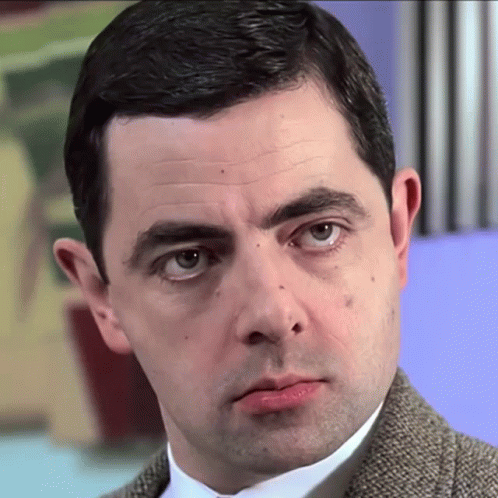What’s that, sonny? I can’t hear you! Can you speak up a bit?
When I imagined hearing loss as a kid, this is how I thought about it. Amplifying sound—making the sound louder—is definitely one piece of the puzzle and one reason for hearing loss, but it’s often not the main thing that needs addressing.
That’s because our ears are kind of awesome.
They contain three key portions you may remember learning about in school. Here, I have to say, anatomists have really gotten this right: they’re called the outer, middle, and inner ear.
You’re certainly most familiar with the outer ear. Those are the things you have on both sides of your head, and start to droop more and more as you age. Here is where sound (and maybe the occasional bug) first enters your ear, but it’s just the beginning.
The middle ear is probably what most of us think of as the inside of your ear, although that’s obviously not true (again, well done anatomists!). That’s because this is where your eardrum is, along with the three smallest bones in your body. These bones are a bit like an amplifier, if you’ve ever played in a band—they take the signal and make it stronger before passing it along to the inner ear.
It’s worth pausing on this for a moment. The sound waves cause the eardrum’s membrane to jiggle, but you can imagine that the jiggling is kind of wide. You need those three tiny bones to make contact on the other side of the membrane, so they can transfer that energy into a much more precise signal, since it travels along a much thinner route.
If this sounds a bit like Ohm’s law, that isn’t a coincidence.
That amplified sound now heads into the inner ear, where the real magic happens.
The cochlea is a lot like the cartridge on a record player that I wrote about yesterday—that thing that holds the needle at the end of the tonearm (not as good at naming as anatomists). Here, sound is converted into an electrical signal so your brain can make sense of it. Hair cells on the membrane wiggle, and the signal that enters the auditory nerve is all-or-nothing, yes-or-no, just like binary coding.
Remember: all of your sensory inputs are ultimately translated into electrical signals before your brain can make any sense of them. This is how everything you experience reaches you, and there are no exceptions, ever.
That’s not all that’s going on in the inner ear, either. While your cochlea is busy converting analog to digital, there’s an entirely separate system called the vestibular system that’s largely responsible for your sense of balance.
Question: how do you know where up is? Answer: wiggling hairs.
Next to your cochlea, there are these little canals that are at 90 degree angles to one another. Inside is fluid that sloshes around if your head rotates. This is so much like a gyroscope that it's way too tempting for me not to describe it that way, and if you’ve ever played with one, you have a good idea of how your vestibular system works.
The sloshing fluid triggers the same sorts of hair cells that encode sound for you. Here, the little yes or no wiggles tell your brain which way your head is turning. A similar process of wiggling hairs also encodes your position whenever you accelerate rapidly, or whenever your head tilts.
Imagine! The electrical signal that reaches your brain—just a bunch of ones and zeroes, basically—could be sound, or it could be telling you something about whether or not you’re balanced.
Likewise, you can feel sound vibrating, and your eardrum picks up on those same sound waves so you can hear them. Our senses are all filtered through that same system, and they are so much more closely related than I ever imagined growing up.
Our Swiss Army ears are the perfect examples.







Ones and zeroes, eh? Damn, my ear is better at hardcore computer programming than I am!
Also, I can see the new 4o model is working out fine for you - what do you think? (Apart from the fact that it takes significantly longer to create an image than DALL-E 3 used to.)
This is an enlightening and interesting post. I especially appreciate the analog-digital conversion element - I had no idea how similar we were to computers. I guess that makes sense since we made them eh?
Regardless, this is what went through my monkey brain when I read it:
Do your ears hang low?
Do they wobble to and fro?
Can you tie them in a knot?
Can you tie them in a bow?
Can you throw them over your shoulder
Like a continental soldier?
Do your ears hang low?